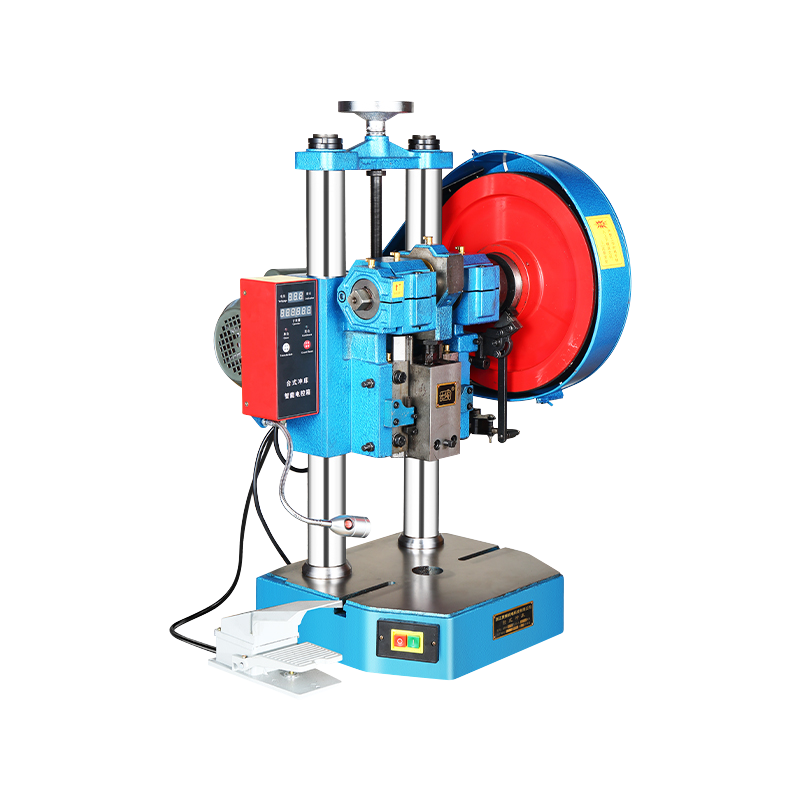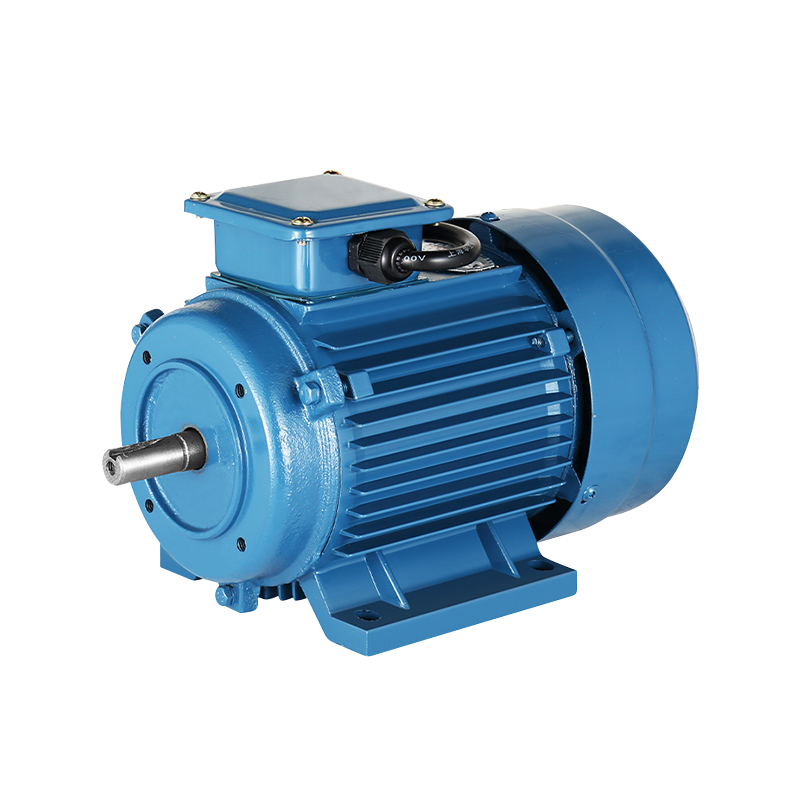Fan Compatible Motor vs. Standard Motor: What’s the Difference?
When selecting a motor for industrial equipment, HVAC systems, or ventilation applications, it’s important to understand the differences between a Fan Compatible Motor and a standard motor. While both types serve the primary function of converting electrical energy into mechanical motion, their features, designs, and application suitability vary in significant ways. In this article, we’ll explore the distinctions between a Fan Compatible Motor and a standard motor, helping users make informed decisions for their specific projects.

A Fan Compatible Motor is specifically designed for applications where it directly powers a fan or is integrated within a ventilation system. Its construction typically accounts for factors such as continuous airflow, exposure to temperature fluctuations, and the need for precise speed control. On the other hand, a standard motor is a more general-purpose unit that can be used in a variety of machinery and tools, without being tailored for fan applications.
One key difference between a Fan Compatible Motor and a standard motor is the cooling method. A Motor often relies on the airflow generated by the fan itself to assist with cooling, while a standard motor may use its own internal or external fan for ventilation. This design feature allows a Motor to operate efficiently in systems where space is limited and integrated airflow can be used to maintain motor temperature.
Another distinction lies in the mounting and housing of a Fan Compatible Motor. These motors are typically constructed with mounting options that align easily with fan structures, making installation straightforward in ventilation units, air handlers, and industrial exhaust systems. In contrast, a standard motor may require additional modifications or mounting accessories to fit similar applications, adding complexity to the setup process.
Durability is another area where the Fan Compatible Motor differs. Since this type of motor operates in environments where exposure to dust, moisture, and varying temperatures is common, it is often designed with protective features such as sealed bearings and corrosion-resistant coatings. A standard motor may lack these enhancements, making it less suitable for direct integration with fan systems that operate continuously or in outdoor or industrial conditions.
Speed control is also an important factor to consider. A Fan Compatible Motor frequently includes variable speed capability, which allows operators to adjust airflow according to specific operational needs. This feature is valuable in systems like HVAC units, where airflow must be regulated based on room temperature, air quality, or energy efficiency goals. While some standard motors can be paired with external controllers, they are not always optimized for smooth, precise speed adjustments in fan applications.
Energy efficiency can differ as well between the two motor types. A Fan Compatible Motor is often engineered with operational efficiency in mind, since ventilation systems typically run for extended periods. By integrating energy-saving designs and materials, a Motor helps reduce power consumption and operational costs over time. Standard motors, while efficient in general-purpose tasks, might not offer the same level of optimization for fan-driven systems.
Maintenance requirements also vary. The Fan Compatible Motor is typically built to handle the demands of continuous operation, often with components designed for easy servicing or extended maintenance intervals. Standard motors may need more frequent inspections or adjustments when used in ventilation or fan-driven applications, especially if not originally intended for such use.
Another point of difference is in the noise control aspect. A Fan Compatible Motor is often designed to run quietly, as many fan systems are used in commercial, residential, or office environments where noise levels must be kept low. This motor type typically features balanced components and vibration-reduction designs to ensure smooth, quiet operation. Standard motors may not have the same design considerations, which could result in higher noise levels when integrated into a fan system.
In terms of application variety, a Fan Compatible Motor is primarily intended for systems such as exhaust fans, blowers, air handlers, and ventilation units. Its features are tailored for these settings, ensuring compatibility and reliability. Standard motors, while versatile, might not meet the specific demands of fan systems without adjustments or additional accessories.
-
Feedback

 English
English 中文简体
中文简体






